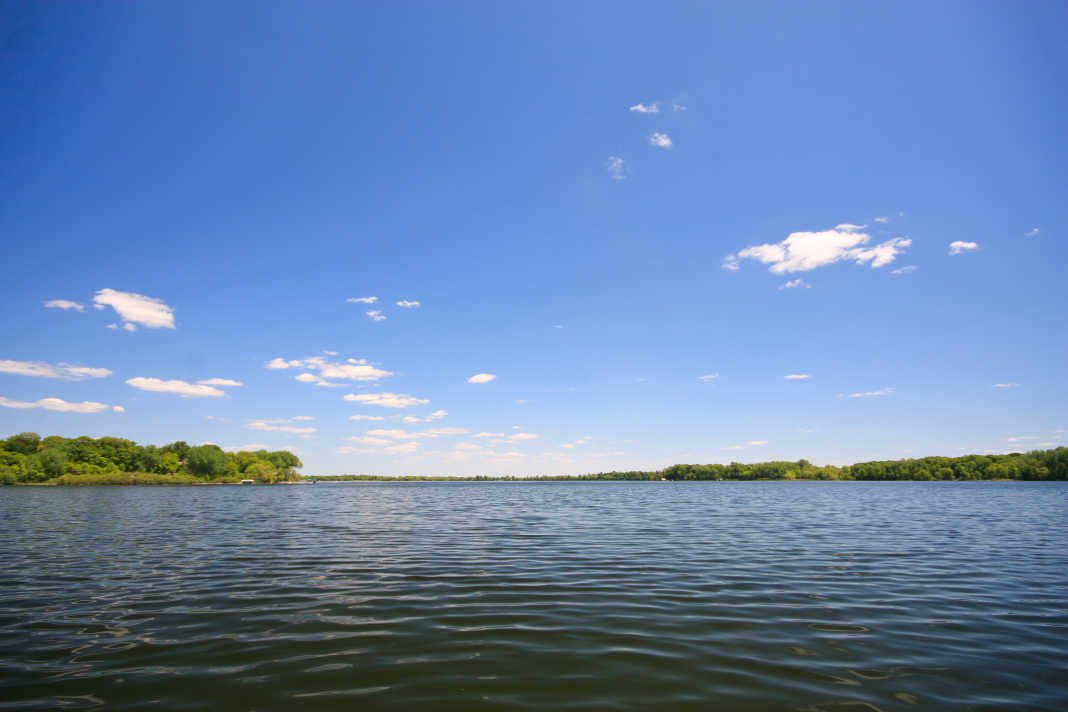
Fighting climate change: Small steps that make a huge difference
Climate change is threatening the lives we all live. It’s impacting water quality, increasing intense weather events, driving species to new habitats, reducing biodiversity, and it’s poised to impact human health and lives across the world—especially those without the means to move or adapt.
Knowing that these significant changes are happening can make facing climate change feel overwhelming or even impossible. Here at the Science Museum, we are using science to find solutions to climate change. This process includes uncovering what everyday people can do to reduce their impacts on the environment and get involved.
Let’s take action on climate change together. Read on for four manageable steps anyone can take to reduce your impact and make change, driven by insights from our leading scientists, researchers, and the environmental justice crew at the Kitty Andersen Youth Science Center (KAYSC).

Step 1: Start with Using Less
Reduce, reuse, recycle starts with reduce for a reason. Whether it’s taking shorter showers, using less single-use plastic, or riding your bike to work—reducing your consumption of materials and energy is key to minimizing your environmental footprint.
The Science Museum has always been passionate about reducing our building’s environmental footprint. As our Director of Global Change Initiatives Pat Hamilton says, “Every dollar that we save is a dollar we can invest in our science, education, and equity mission.”
One simple way to reduce your impact is by cutting down on the waste you throw away. According to the EPA, the average American throws away 2.3 pounds of trash per day, which means that we each send 855 pounds of trash per year to the landfill. By switching to reusable goods instead of single-use plastics or other landfill-bound items, you can save over 2,565 pounds of waste from ending up in landfills over three years!
If you want to become a low-waste pro, consider taking one of the following next steps, taking into consideration your budget, lifestyle, and other needs:
repair instead of replacing
invest in long-lasting, sustainable household goods, clothing, and other items
better insulate your house to save on energy
cancel unnecessary mail
eat less meat
use a reusable water bottle instead of buying bottled water
turn old clothes into rags for household cleaning
take public transit, carpool, walk, or ride your bike to work or school
Step 2: Build or Join a Community
At first glance, getting to know your neighbors, classmates, and other community members might not seem like a way to combat climate change, but building community is vital for tackling the environmental challenges we all face.
In Minnesota, we’re facing warmer winters, wetter weather year-round, and a potential loss of biodiversity, to name a few challenges related to climate change. When one person speaks up to address these challenges, it can be hard to gain traction—but when a community rallies around a local issue, it’s much more likely that something will be done.
The environmental justice crew at the KAYSC emphasizes the importance of changing systems that enable climate change, explaining that being a part of a community can empower us to address systems we’re all a part of and recognize how they affect others. Community-building can also shine a light on how inequities in infrastructure, education, health, and other systems are made worse by climate change.

Want to join or form a community? Try researching groups that focus on climate, health, food, waste, wildlife, or education. Here are a few examples:
cultural communities
climate activist groups
park cleanup volunteer events
neighborhood associations
school clubs
local government
community gardens
As the saying goes—teamwork makes the dream work!
P.S. We acknowledge that right now, many groups are going digital due to COVID-19. Joining an online group is a great way to make an impact, too!
Step 3: Acknowledge Your Skills & Get Involved
Our mission here at the Science Museum is to turn on the science: inspire learning, inform policy, and improve lives. That means the museum as a place where people of all kinds can explore new ideas and use science to better the world.
Just like the diverse group of people who come to the museum, people everywhere have varying skills and interests. If you’re looking to get more involved in climate change action, it’s important to find what you enjoy and apply your unique skills to create change.
Not everyone wants to (or can) attend protests or strikes, for example—but maybe you’re great at making signs, posting on social media, contacting officials, or voting for what you believe in.
Regardless of your talents, your voice matters, and seeing yourself as a part of something bigger can help relieve anxiety and spark hope for the future.
Step 4: Stay Informed (and Try Your Best!)
Staying up-to-date on the latest options for addressing our warming planet (and acting on them when we can) is what matters most. In summary: the most important thing any one of us can do is try our best.
Learn more about current and upcoming climate change solutions from our favorite resources:
Climate Cast, Minnesota Public Radio
Get Involved, National Park Service
Greener Living, Environmental Protection Agency
Organic Food Scorecards, The Cornucopia Institute
Recycling Basics, Environmental Protection Agency
Take Action Toolkit, Climate Generation
Want to learn more about climate change and science? Follow us on social media and subscribe to our newsletter.